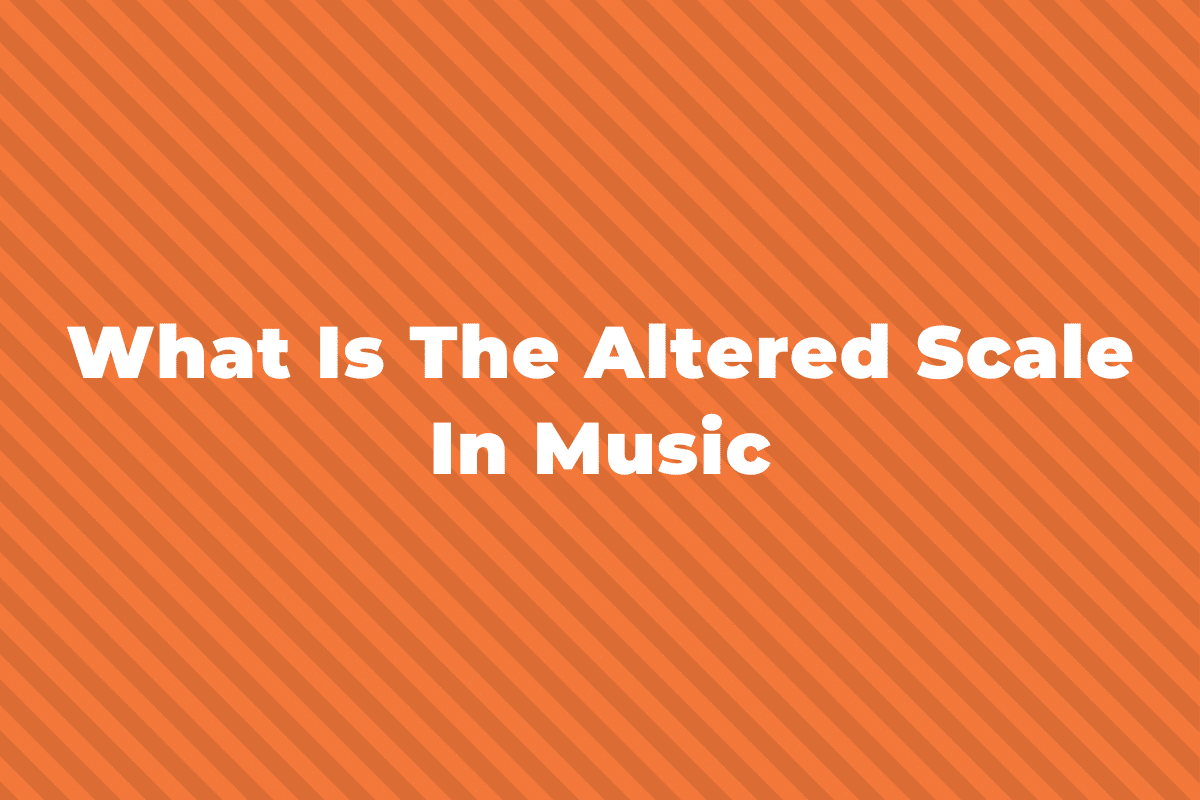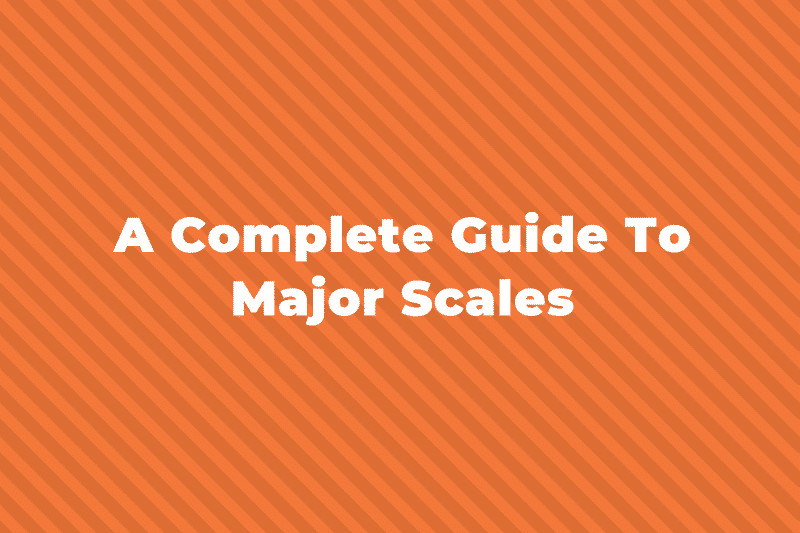In music, a coda is a term you would hear a lot, especially when talking about classical music like sonatas or symphonies.
In this post, we’ll look at exactly what is a coda in music, what it means, and how it’s been used historically.
Definition Of Coda
Coming from the Latin word cauda, which means “tail,” a coda is a passage at the end of a piece of music that brings the music to a close.
It can technically be considered a longer cadence. However, whereas a cadence is usually less than a bar — about one or two beats — a coda can be a few bars, or it could be an entire extra section.
There are also codettas, which mean “little tail.” These are short codas and can easily be mistaken for a cadence. Whereas a coda might end an entire piece or movement, a codetta is usually only at the end of a passage or section.
In the song “Hey Jude” by The Beatles, the final “nana na na” part is considered a coda, and it is almost four minutes long.
History Of The Coda In Music
The coda was first commonly used in the 12th and 13th centuries at the end of Latin sacred vocal songs called “conducti.”
The coda part was when the singers would end by singing one syllable over a long string of different notes. Eventually, it came to be used in the Classical era as we know it today.
It is especially significant in pieces in sonata form, in which the recapitulation section often ends with a coda.
Here is a famous example from Mozart’s Sonata no. 7 in C Major.
The coda here in the Sonata is very typical — it just adds a few extra bars based on the tonic note, ending with a group of extended cadential movements.
It serves to add a more emphatic ending to a piece, to let the audience know that it is really ending.
In comparison, this coda from the first movement of Beethoven’s 8th Symphony lasts for dozens of measures and is about 0:50 seconds long.
Beethoven was especially known for his long and expanded codas.
The Musical Symbol For Coda
You might have seen the symbol for the coda written on the sheet music of a piece you were playing. It looks like this:
The coda symbol is used whenever there’s a need to exit from a repeated section (a section between two repeat signs) that’s not at the end of the section, where it normally is.
There will be text above the bar line saying al coda, which means “go to coda.”
Below is an example.
So in this example, the repeat is two bars long, but the second time through, you only play until the al coda sign, and then you jump straight to the coda.
Without repeat signs and coda markings, this melody would look like this:
The coda symbol is used to mark the very end of a piece.
You go immediately from the al coda text to the coda symbol only the second time you are playing through the repeated music.
Codas In Summary
Codas are always found at the end of a section or whole piece of music, and they bring a sense of closure and a way to wrap up all the musical melodies and themes that have been played in the music up to that point.
They’re mostly found in classical music, but some rock and pop songs have added them in as well.
We hope this post was able to help you learn all about codas so that when you next see them or hear them, you’ll know exactly how they work!
If you have any questions about codas or a comment, don’t hesitate to reach out to us!



